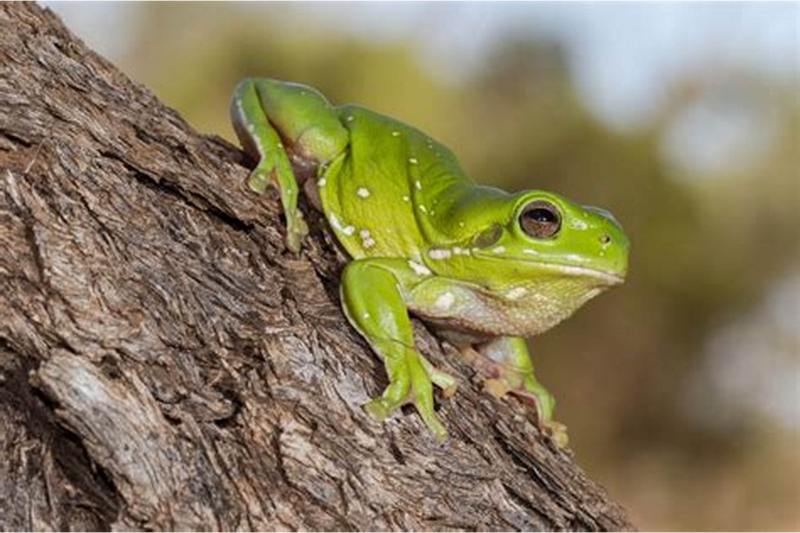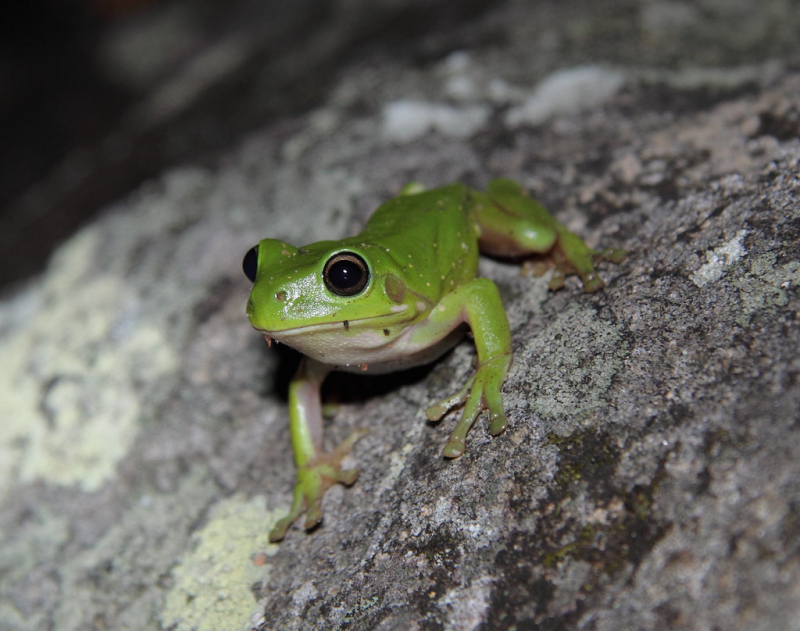Frogs
Since Frogs will consume nearly anything in the wild, especially live insects, these amphibians are more "generalist" predators. They will eat anything that will fit in their mouths, including grasshoppers, spiders, crickets, and butterflies. Aquatic invertebrates will also be on their list of prey. More than any other bug, crickets in particular make up a significant portion of their diet. Frogs consume pond plants and algae when they are young, but as they mature into adults, they start to consume meat. In addition to eating live crickets, they will also eat other types of live prey, such as larvae, dragonflies, termites, slugs, snails, worms, and spiders, depending on the size of the frog.
Frogs can grab and eat bugs in a matter of seconds by using their long, soft tongues. Their tongues have a similar function to bungee ropes coated in extremely strong glue, allowing them to capture the bug with little exertion. The saliva will become watery to release the cricket after the frog's tongue has caught it and brought it into its mouth. Due to their wide availability and excellent nutritional value, crickets serve as the frog diet's mainstay. In addition to having protein and chitin in their bodies, which can help them grow, crickets also have other insects and invertebrates in their diets, which balance out their nutritional requirements.










